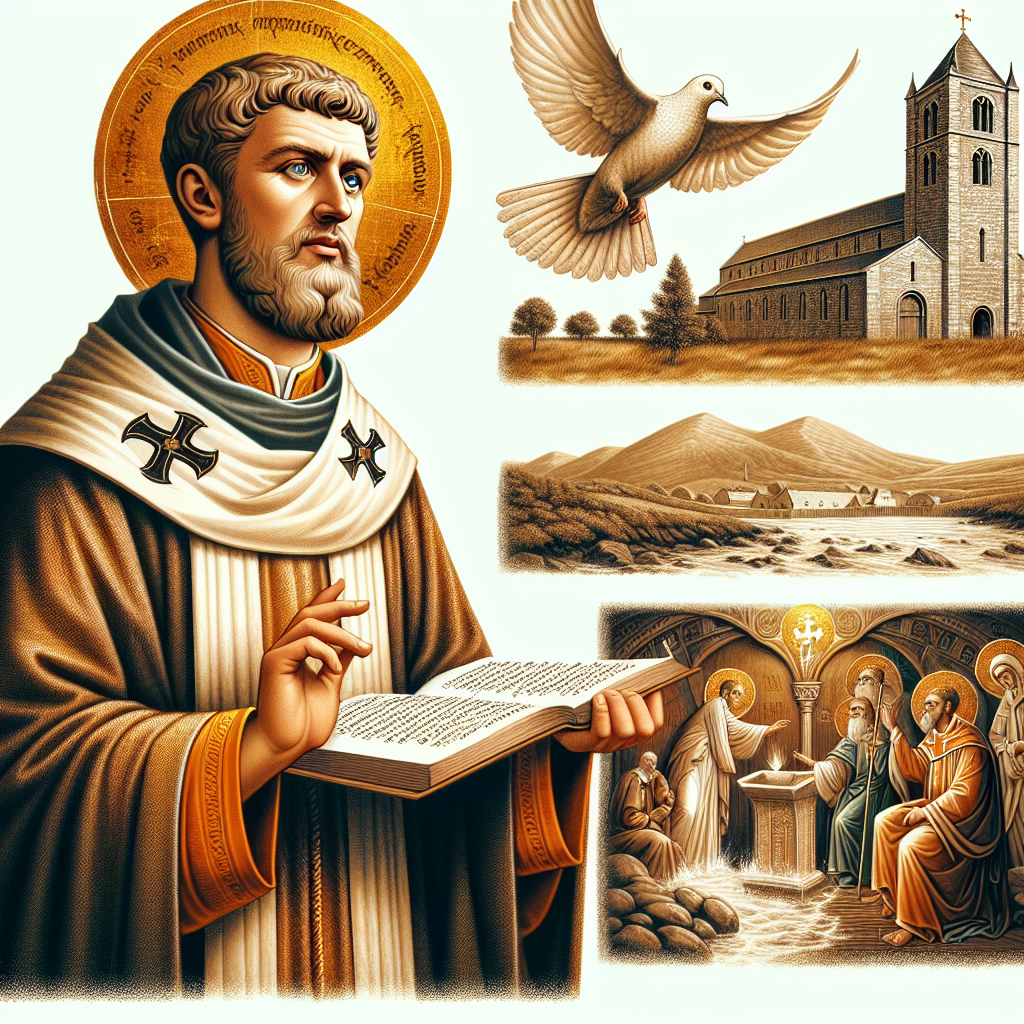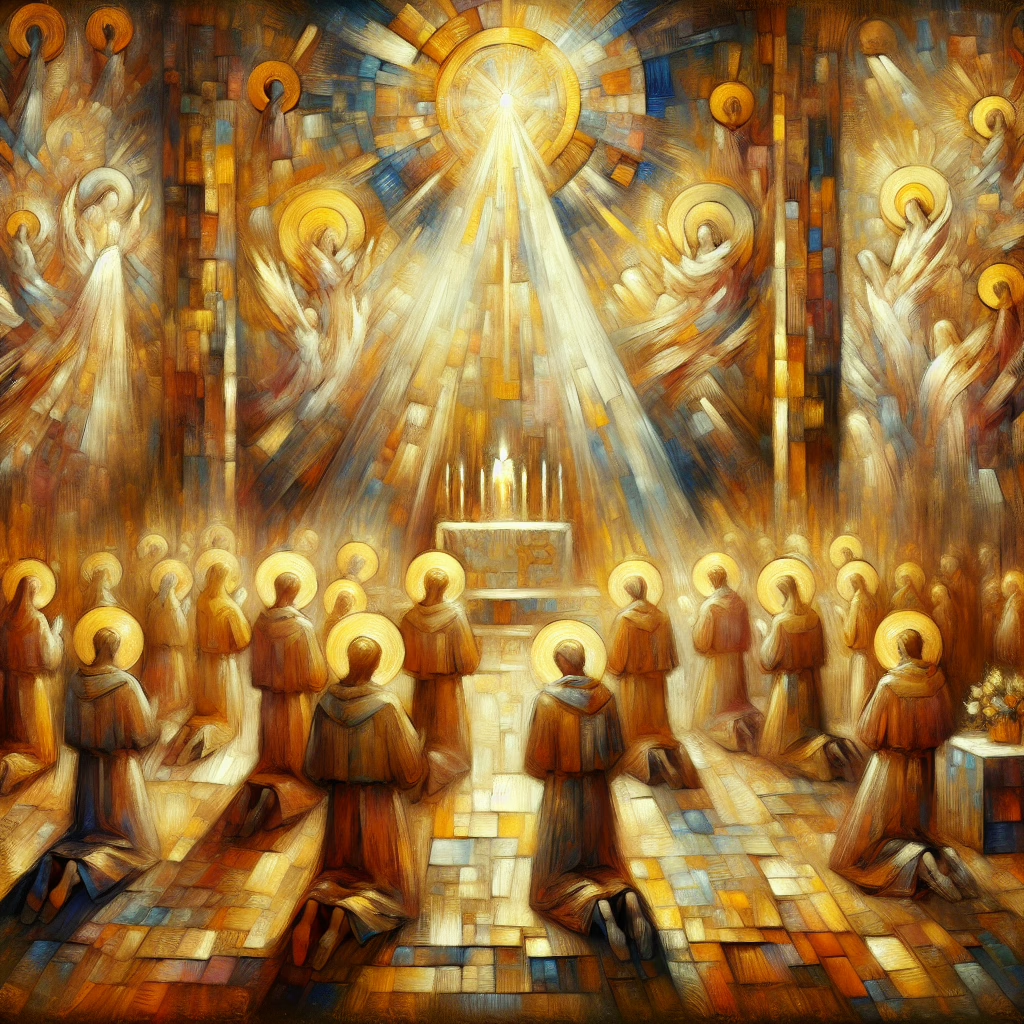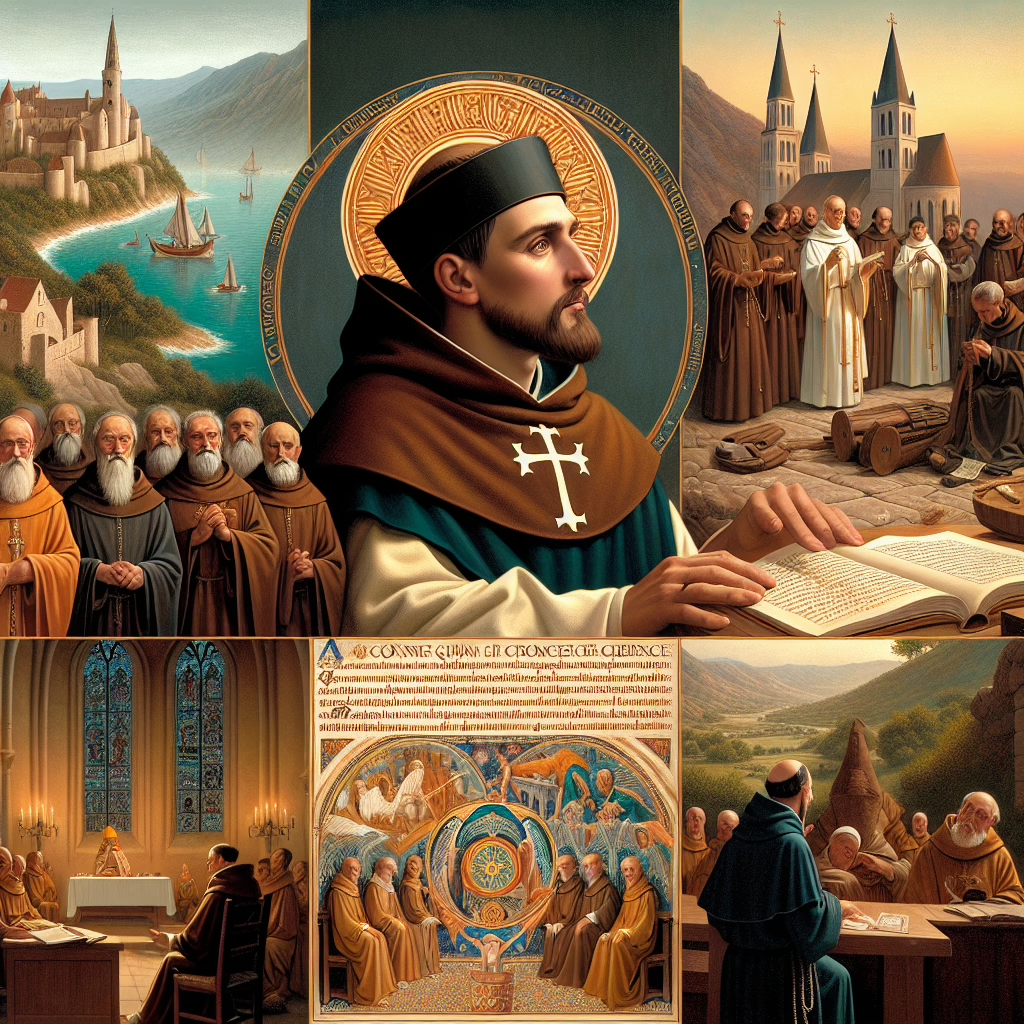The Life and Legacy of St. David: Patron Saint of Wales
Introduction: Discovering St. David’s Impact
"Where there’s a will, there’s a way." This adage encapsulates the resolute spirit of St. David, the revered Patron Saint of Wales. As a towering figure in Christian history, St. David's contributions extend far beyond the borders of his native land. His legacy is woven into the spiritual and cultural fabric of Wales, and his life continues to inspire faith and devotion. In this blog post, we will delve into the key aspects of St. David's life, exploring his birth, missionary work, miraculous acts, teachings, and their relevance today.
1. Early Life and Background of St. David
1.1 Birth and Heritage
St. David entered the world in the sixth century, born into a lineage of both nobility and sanctity. As the son of King Sant of South Wales and St. Non, his royal lineage played a significant role in shaping his spiritual journey. This heritage provided him with resources and opportunities that would later influence his work and mission. Raised in the shadow of his royal connections, David was educated by the prominent holy men of the time, including St. Paulinus and St. Illtyd. These early influences were pivotal, as they introduced him to the depths of Christian learning and set him on a path of monastic devotion.
1.2 Education and Ordination
From a young age, St. David was dedicated to the priesthood, setting his sights on a life of spiritual and monastic excellence. His education imbued him with a love for learning, study, and the ascetic lifestyle—a hallmark of his teachings. As St. John Paul II once advised, "True holiness does not mean a flight from the world; rather, it lies in the effort to incarnate the Gospel in daily life…" David's educational journey culminated in his ordination as a priest, allowing him to teach and inspire through his adherence to AND established as his ideal.
2. Missionary Work and Monastic Foundations
2.1 Establishing Monasteries
St. David's mission work found expression in the founding of monasteries across Wales and England—Menevia, Glastonbury, Bath, among others. Each institution he established became a bastion of Christian learning and ascetic discipline. These communities practiced rigorous asceticism, embodied by acts of manual labor, study, and abstinence from luxury. Through this, David left an indelible mark on early Christian Britain, illustrating the importance of monastic life.
2.2 Leadership in the Cambrian Church
David's leadership extended beyond his monastic contributions. At the Synod of Brevi, his voice resonated with great influence, ultimately quelling the Pelagian heresy and solidifying his prominence within the church. Elevated to the role of primate, his influence and legacy of leadership shaped the trajectory of Christianity in the region. As St. Augustine once said, "God does not command impossibilities, but in commanding He admonishes you to do what you can, and to pray for what you cannot, and aids you that you may be able."
3. Miracles and Key Events
3.1 Miraculous Acts
Throughout his lifetime, St. David performed numerous miracles, inspiring faith and solidifying his saintly reputation. One such event occurred during a sermon, where the ground beneath him rose, enabling a gathered throng to both see and hear him clearly. The presence of a dove, symbolizing peace, further highlighted the divine endorsement of his mission. Other notable miracles included restoring sight to the blind, protection from poison, and transforming harmful waters into healing pools.
3.2 Symbolism and Representation
St. David’s miracles extended beyond physical signs; they held profound symbolism—such as the dove representing peace—indicating the purity and holiness of his message. Such symbols reinforced his saintly reputation and inspired followers across generations.
4. Teachings and Lessons from St. David’s Life
4.1 Asceticism and Spiritual Discipline
St. David's teachings on asceticism emphasized a life of discipline and self-denial, nurturing spiritual growth. This focus on ascetic practices provides a stark contrast to modern lifestyles, yet offers valuable insights into achieving personal holiness. Pope Francis reminds us, "Holiness is a journey that takes us on the path of completeness, growing in love, mercy, and freedom."
4.2 Leadership and Community Involvement
David serves as a timeless model of spiritual leadership, emphasizing community involvement and mission work. His example urges today's Christians to actively participate in their communities. The challenges he faced, and his unwavering faith, serve as lessons for those seeking to lead a life of virtue and service.
5. Contemporary Relevance and Devotion
5.1 St. David’s Feast Day Celebration
St. David's feast day, celebrated on March 1st, is marked by activities that emphasize reflection and devotion. These celebrations highlight the enduring relevance of his teachings, encouraging contemporary Christians to embody his values and continue his legacy.
5.2 Practical Devotional Practices
Incorporating St. David’s teachings into modern life can be achieved through specific prayers and acts. Reflect on the saint’s life daily and engage in practices that echo his legacy, such as community service or personal sacrifice.
Conclusion: The Timeless Legacy of St. David
St. David's life, a tapestry of miracles, asceticism, and leadership, remains an integral part of Christian heritage, particularly in Wales. His enduring impact serves as a spiritual touchstone, resonating through time to today’s faithful. As the Patron Saint of Wales, St. David calls us to engage with his teachings and emulate his virtues in our lives. For those interested in delving deeper into his life and work, consider exploring further resources on St. David's biography and teachings.
Learn more about St. David through these suggested readings:
Each book offers a unique perspective on the life and legacy of this revered saint, providing valuable insights for readers seeking to deepen their understanding of his enduring influence.





